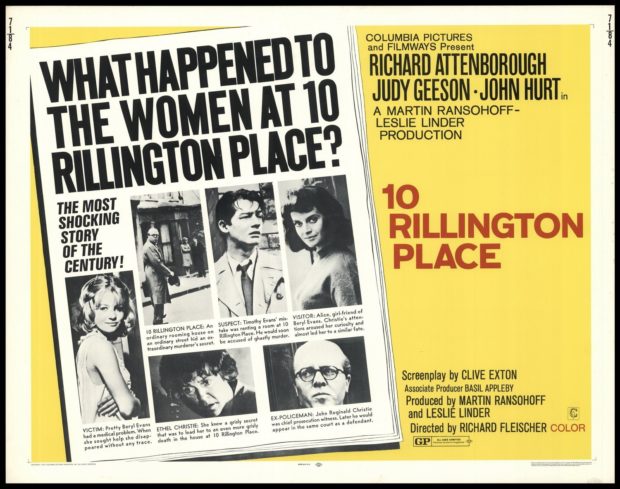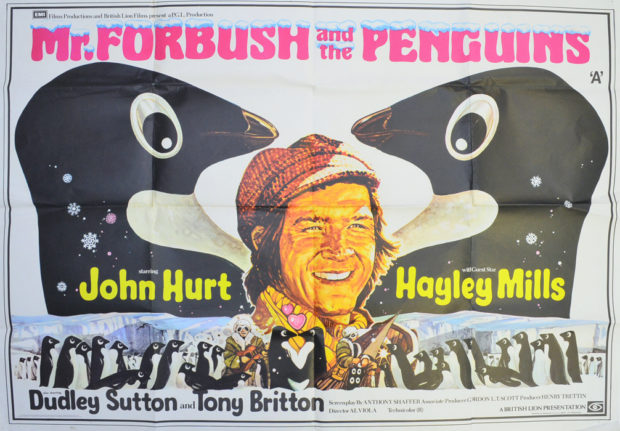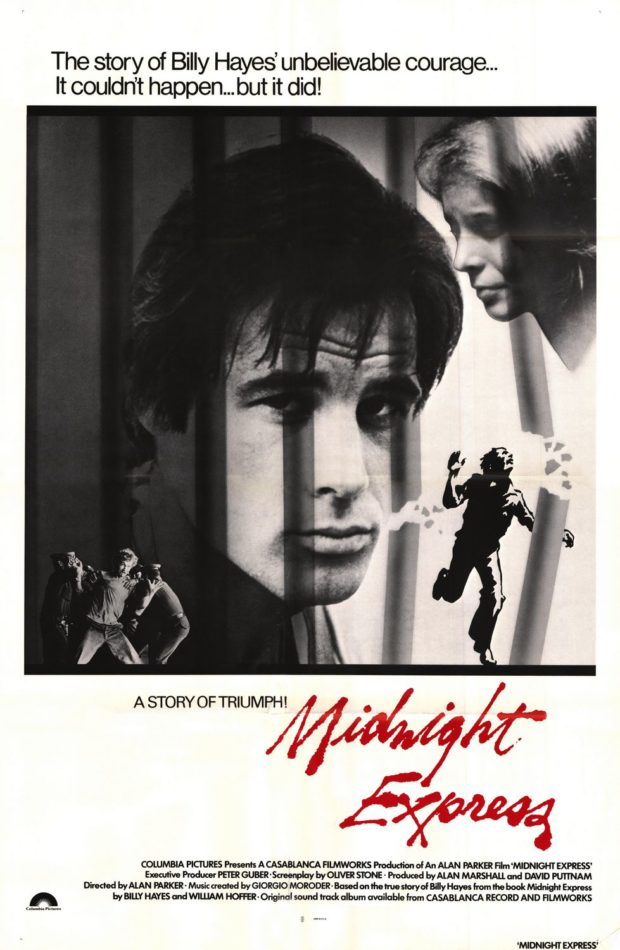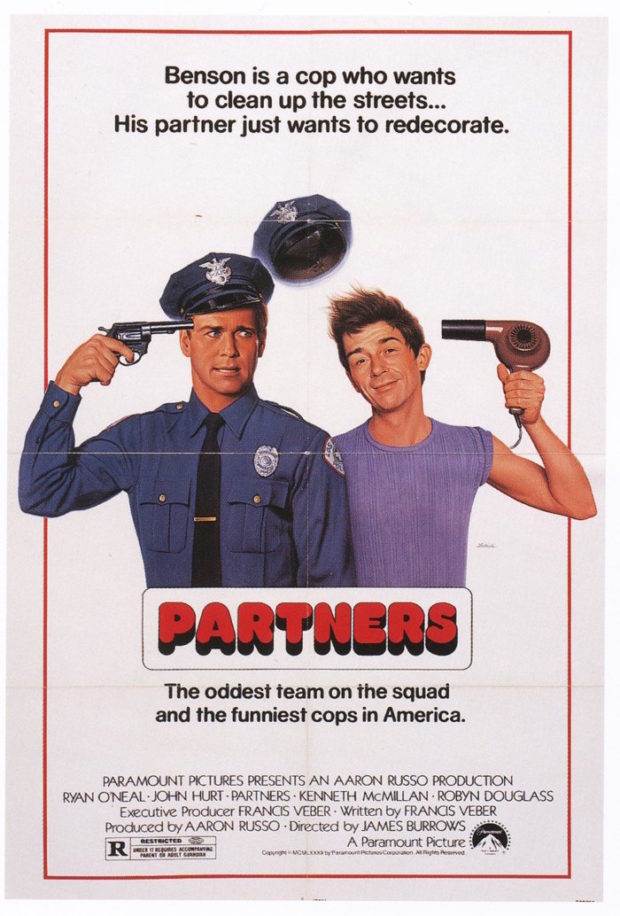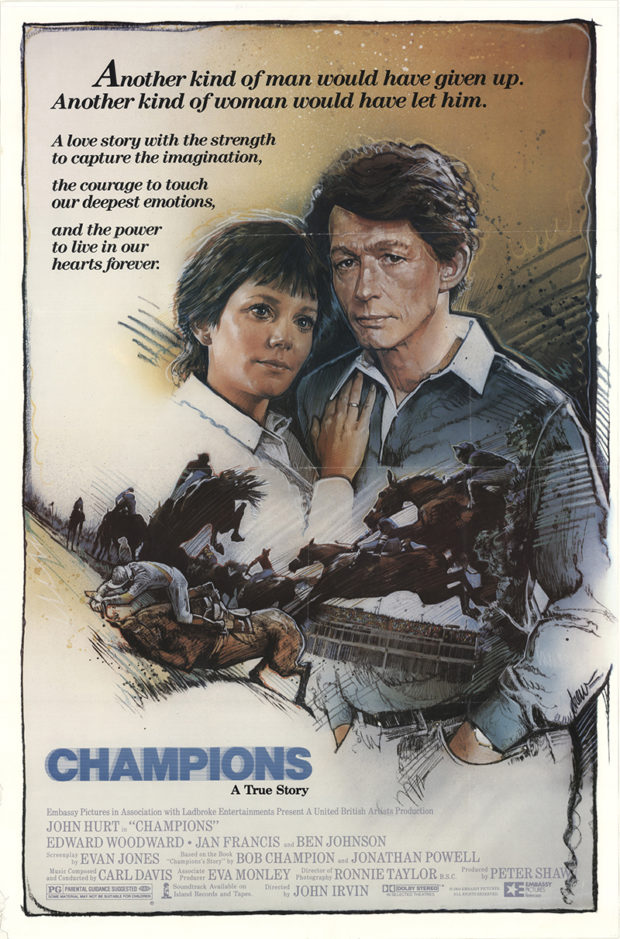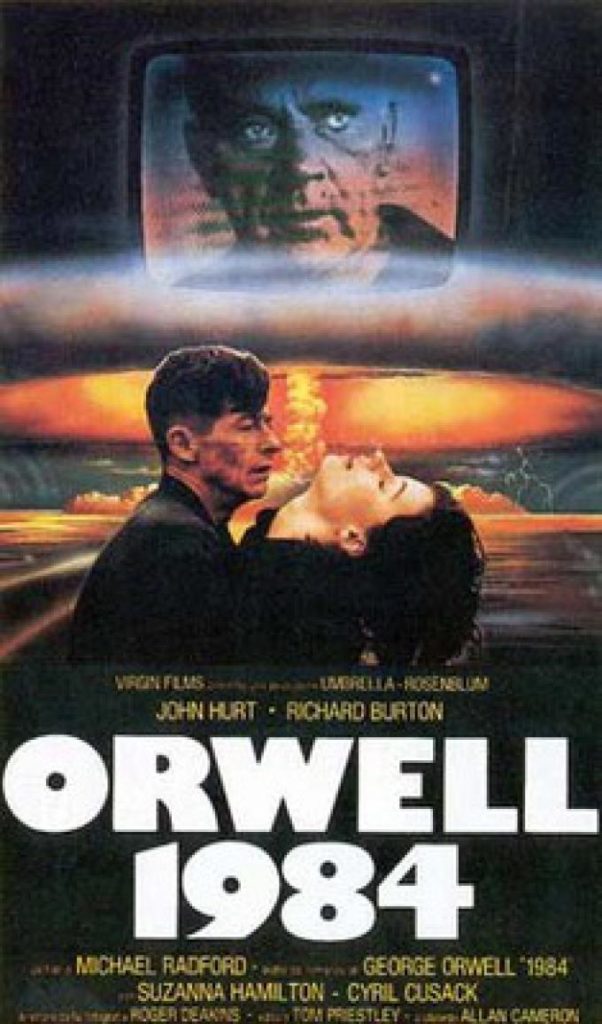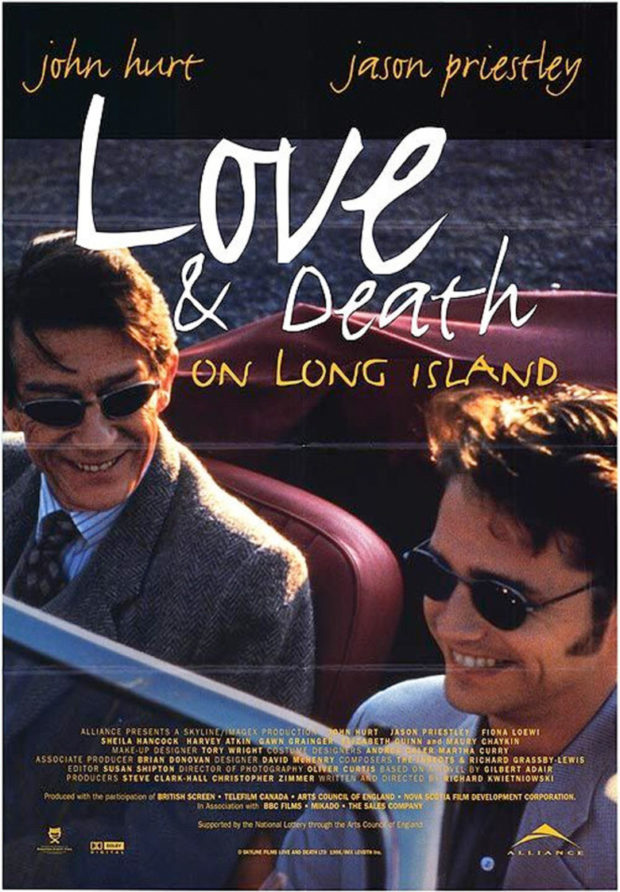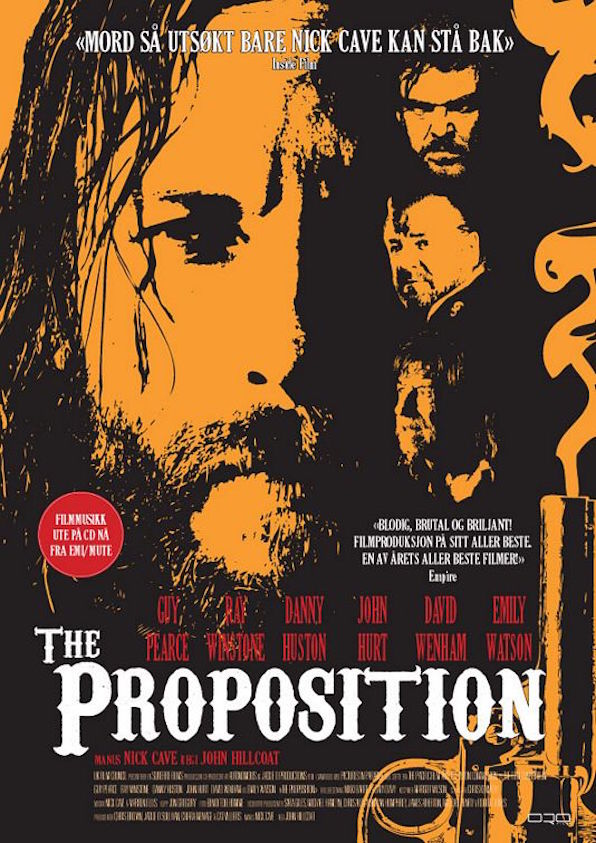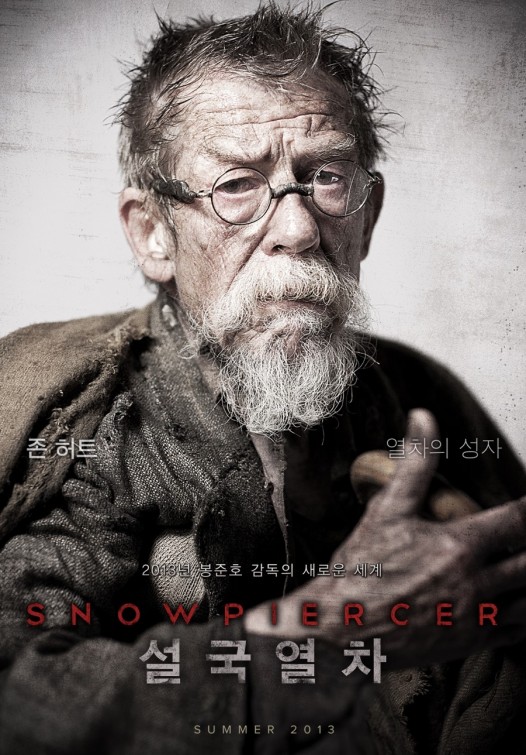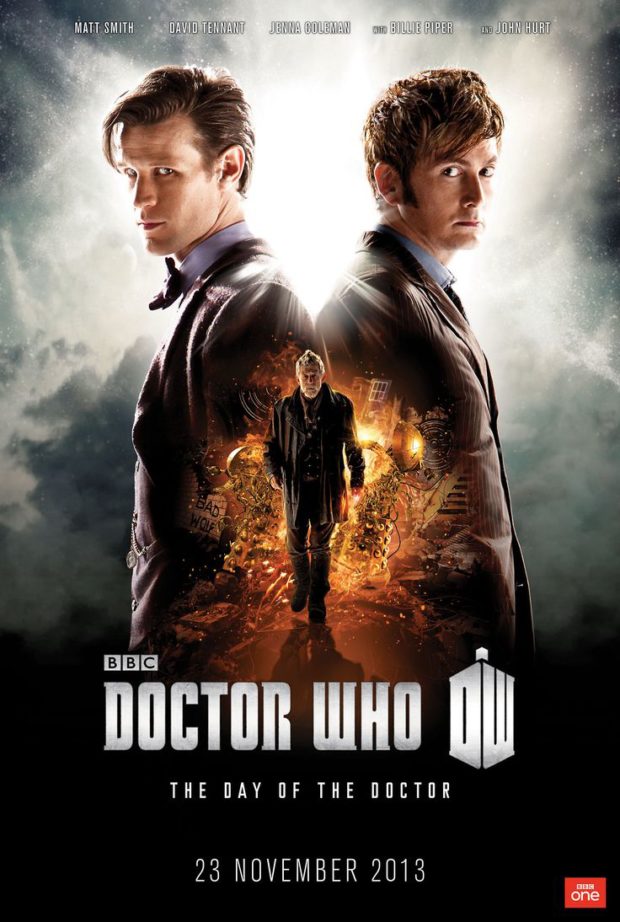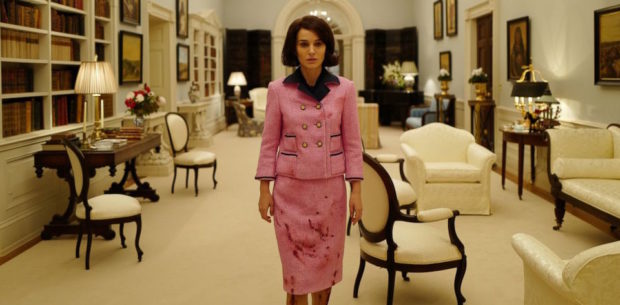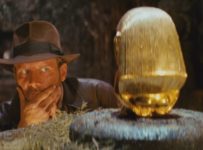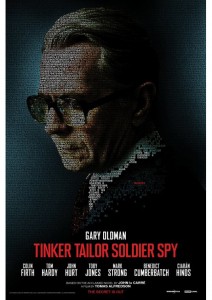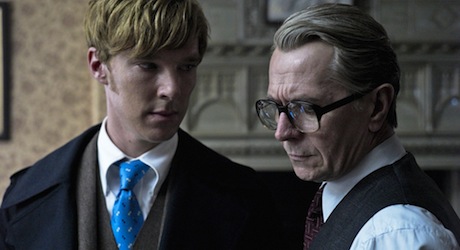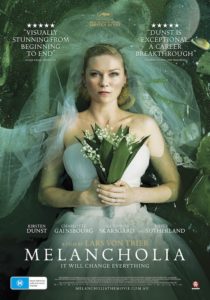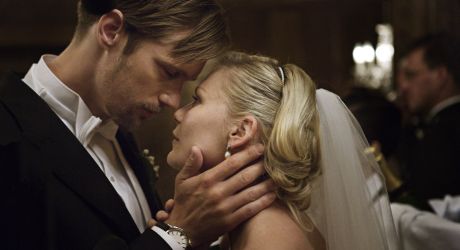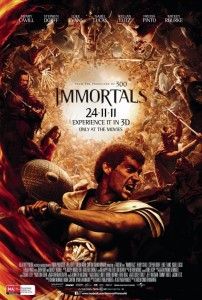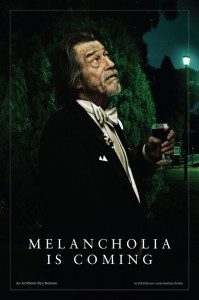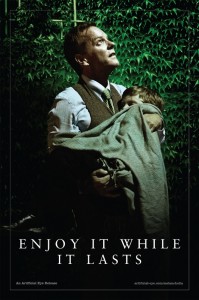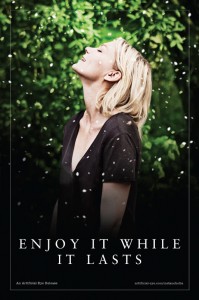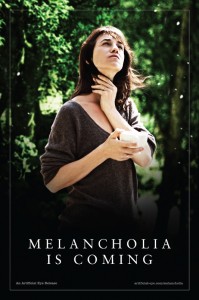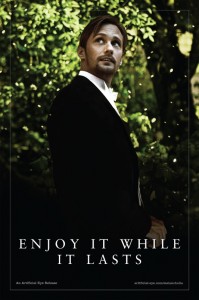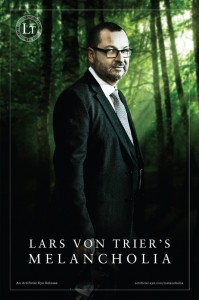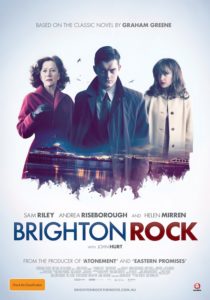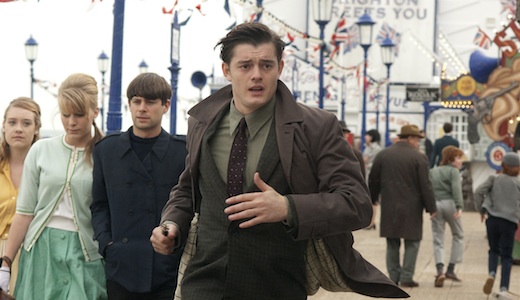The hi-def format breathes new life into this timeless series of films, with a hatful of bonus features that give us a fly on the wall look at the creation of the series.
[stextbox id=”grey” caption=”Disc Specifications” float=”true” align=”right” width=”220″]
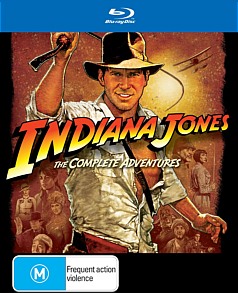
Director: Steven Spielberg
Writer(s): Lawrence Kasdan, Willard Huyck, Gloria Katz, Jeffrey Boam, Tom Stoppard, David Koepp
Runtime: 481 minutes
Starring: Harrison Ford, Karen Allen, Kate Capshaw, Jonathan Ke Quan, Sean Connery, John Rhys-Davies, Denholm Elliot, River Phoenix, Alison Doody, Ray Winstone, Shia LaBeouf, Cate Blanchett, John Hurt
Country: US
Video: 2.35:1 (16:9)/1080p
Audio: DTS HD MA 5.1 English and Dolby 5.1 Various
Subtitles: English and Various
Extras: Documentaries, Featurettes, Trailers
Distributor: Paramount
Rating: Highly Recommended (★★★★) (?)
More info
[/stextbox]
The Indiana Jones series didn’t simply change the face of cinema, but popular culture as well. The concept began in the early 1970s, when producer George Lucas was looking to launch one of several projects that harked back to the serial adventures of the 1930s and 1940s. One of these would eventually become that obscure film Star Wars (1977), while The Adventures of Indiana Smith sat on the shelf a while longer. The film that morphed into Raiders of the Lost Ark (1981) under director Steven Spielberg went on to become one of the highest grossing films of all-time, spawned three sequels, a series of television films, countless merchandise and several Disney theme park rides. Collected together, they represent the ideologies of several generations, told in a dazzling display of imagination and old-fashioned swashbuckling.
Raiders of the Lost Ark remains the pinnacle of action-adventure over thirty years after it first hit cinema screens. Following the story of archeologist Indiana Jones (Harrison Ford) on his quest to track down the Ark of the Covenant before it falls into the hands of the Nazis, the film introduced us to the greatest academic adventurer there ever was. Sandwiching the equivalent of a dozen matinée serials into one magnificent whole, there are so many classic Indy moments from the rolling boulder, to the propeller fight and the opening of the Ark. Lawrence Kasdan’s script whip cracks along, introducing us to Sallah (John Rhys-Davies), the beautiful and tough Marion Ravenwood (Karen Allen) and the late, great Denholm Elliot as the befuddled Marcus Brody. Practically perfect in every way, even if the face-melting finale is looking a little dated, they don’t come better than this. Look out for a small but memorable role from Alfred Molina in his big-screen debut! Yet more than anything, it made a star of the already popular Harrison Ford, not simply coasting off his The Empire Strikes Back (1980) success but fully owning a character he rightfully birthed unto the masses.
The remainder of the films leave fans with conflicting emotions, with convincing arguments made for both Indiana Jones and the Temple of Doom (1984) and Indiana Jones and the Last Crusade (1989) being the superior film. Our money is on the latter, but time has been more forgiving to the second film. Despite the outright annoying stereotype of a child in Short Round (Jonathan Ke Quan), and Willie Scott’s (Kate Capshaw) inability to do much of anything, the mine cart chase and the bridge showdown are quintessential Indiana Jones. The film, ostensibly a prequel, was much darker than its predecessor, and the use of gross-out sight-gags and hearts being ripped from chests was more a product of its time than the timeless nature of the first entry.
As a result, Elliott and Rhys-Davies returned for small roles to give the third entry a lighter tone, and the success of the scenes in Last Crusade with a young Indiana Jones (the late River Phoenix) led to a three-season TV series. It also has a stand-out set of chase sequences, incorporating boats, motorbikes, a plan and even a Zeppelin. The tone may have been a little too cheeky at times, especially a chance encounter with Adolf Hitler, but it is all in the spirit of the original. Likewise, a Nazi plot, a dangerous blonde (Alison Doody) and the introduction of Henry Jones Sr (Sean Connery) and a classic quest for the Holy Grail brought the series to a fitting close.

Or so we thought. Almost two decades after Indy hung up his whip and hat, George Lucas and Steven Spielberg teamed up once again for Indiana Jones and the Kingdom of the Crystal Skull (2008). Despite a title chosen by popular Internet vote, fan (and critical) reaction against this film was understandably fierce. Giving birth to the phrase “Nuke the Fridge”, which like “Jump the Shark” signifies the point where a series has passed the point of ridiculousness, the film should have been a success. Placing an ageing Indy in the midst of the Cold War makes sense, especially with villainess Irina Spalko (Cate Blanchett) and the return of Karen Allen, but the introduction of an alien-based plot, not to mention ‘Indy Junior’ Mutt Williams (Shia LaBeouf) swinging from trees with monkeys demonstrated that Lucas, Spielberg and screenwriter David Koepp (Spider-man, Jurassic Park) has truly lost their way. Also: what the hell was John Hurt doing?
Yet taken together, these are some of the most important blockbusters of a generation, and some of the most fondly remembered of all films from the 1980s. While we hope that no more films emerge to further sully the memory of the characters, this set allows us to revisit the best of them whenever we like.
The Discs:
The Australian 5-disc box boasts over 7 hours of bonus features, but what fans should be most pleased about is the restoration of Raiders of the Lost Ark and the remastering of the other films. While the first few murky scenes might not showcase the splendour of the new 4K scan, once Indy steps into the chamber and starts pondering how heavy a small bag of sand is, you’ll notice some amazing detail. There are some tiny problems associated with age, most noticeably the amount of grain in the darker sequences, but this appears to be common to films of the late 1970s/early 1980s. The sound is a different story, the THX-mastered DTS-HD 5.1 Master Audio kicking into that familiar John Williams score, and delivering the punches where they hurt: the wee corners of your living room.
With its bright opening dance sequence, the remastered Temple of Doom is more obvious in its benefits from the start, but it is also clear that it hasn’t had the same restoration treatment. Even so, this is the best the film has looked, and while it is more subdued that the other films, thanks partly to spending huge amounts of time underground, detail is clean and sharp throughout. The DTS-HD 5.1 Master Audio is also quite immersive, but again not quite as bombastic as the previous film. The Last Crusade is on par, if not slightly better, although there are still some grainy moments in the dark. Even so, it’s a treat to see it looking this good. Naturally, Kingdom of the Crystal Skull looks the “best”, being born of a digital age and having already been committed to Blu-ray a few years back. This too comes with issues, with the excessive CGI and colour grading are even more noticeable on the smalls screen.
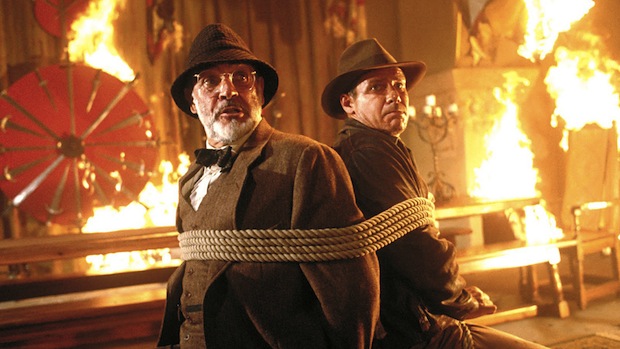
The bonus features are most contained on the fifth ‘bonus’ disc, with the theatrical and teaser trailers on the same discs as the film. This ensures that the films have the most data space available for their A/V quality. Spielberg doesn’t do commentaries, so we have to respect and live with that. The largest new feature is the On the Set with Raiders of the Lost Ark (58 minutes), an amazing collection of fly on the wall clips that show the amount of planning that Spielberg put into every scene. Split into two parts, covering two halves of the film, it can be viewed as one piece. This is complemented by a set of five Making the Films documentaries, with the original 1981 doco for Raiders (58 minutes), one from the 2005 DVD set (51 minutes), Temple of Doom (49 minutes), Last Crusade (35 minutes) and Crystal Skull (29 minutes). Notice how they get shorter as the years go by?
Also on this disc is a collection of 13 featurettes from various previous releases, covering the Stunts, Sound, Music, Light & Magic, Raiders: The Melting Face, the Creepy Crawlies, Locations, Indy’s Women (a 9 minute tribute from the American Film Institute), Indy’s Friends and Enemies, Iconic Props, the Effects and Adventures in Post-Production. The last three come from the Kingdom of the Crystal Skull Blu-ray. Curiously, the latter doesn’t replicate the features from the original 2-Disc Blu-ray set.
Missing from that set is the 80 minute production diaries, “Return of a Legend”, the four featurettes not listed above, the Indiana Jones Timeline and the galleries.

Bottom Line? This is a must-own set, no matter how you cut it. If you already own the Crystal Skull Blu-ray, hold onto that 2-Disc set as you are missing a number of the features from that on this set, but the rest of this is pure gold.

